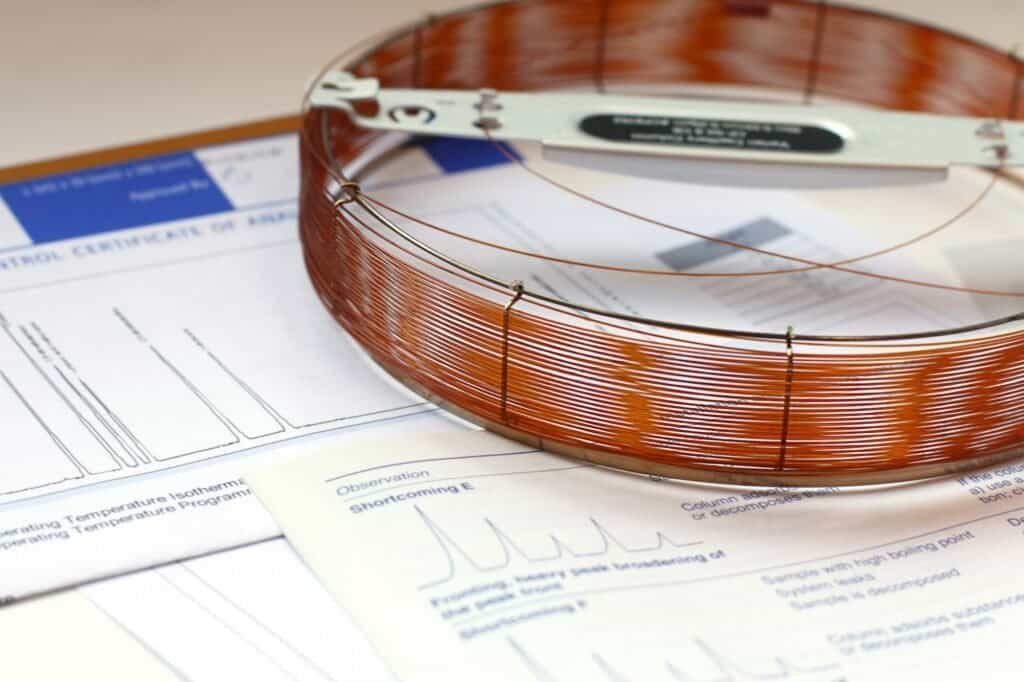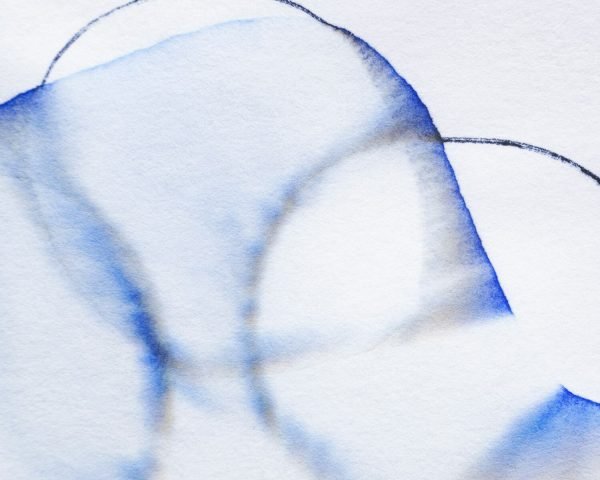Introduction
Have you ever looked at a chromatography result and thought, “What does this mean?” If so, you’re not alone! Chromatography is one of those techniques that, at first glance, seems like a mystery. But once you get the hang of it, reading chromatography data can be surprisingly straightforward.
In this article, I’ll walk you through how to interpret chromatography results and what to look out for. You might be wondering: Why is understanding this so important? Well, getting a clear picture from your chromatography data could be the key to solving your purification puzzles.
What is Chromatography?
Before we jump into reading chromatography results, let’s quickly review what chromatography is all about. Essentially, chromatography is a technique used to separate mixtures into their individual components. The components are separated based on their interactions with a stationary phase and a mobile phase (usually a solvent or gas).
There are many types of chromatography—like gas chromatography (GC) and liquid chromatography (HPLC)—but the basic principle remains the same. The goal is to observe how different compounds move at different rates through the system, which creates distinct peaks in the resulting chromatogram. Pretty cool, right? What do you think—does that sound like something you could apply to your work?
Understanding a Chromatogram: The Basics

Now that we know what chromatography is, let’s talk about how to read the results. A chromatogram typically consists of a graph with time (or elution volume) on the x-axis and signal intensity on the y-axis. Here’s how to break it down:
1. The Baseline
At the bottom of the chromatogram, you’ll see a flat line—this is the baseline. It represents the period when no compounds are eluting from the column. It’s like a “silent” phase where nothing of interest is happening. A stable baseline is key to accurate readings. If the baseline is noisy or fluctuating, it can indicate issues with your instrument or sample preparation.
2. The Peaks
The most exciting part of any chromatogram is the peaks! Peaks represent the compounds that have been separated and detected as they elute from the column. The x-axis shows when a particular compound came off the column, while the y-axis shows its concentration or intensity. Each peak corresponds to a different compound in your sample. Simple enough, right?
But here’s the tricky part: you need to know how to interpret these peaks. Larger peaks typically represent compounds that were present in higher concentrations, while smaller peaks indicate lower concentrations. How do you know which compound corresponds to each peak? That’s where your sample’s characteristics and your method setup come in. Do you have a reference standard for comparison? Learn more about peak identification here.
3. Retention Time
Retention time is the time it takes for a compound to pass through the chromatographic column and be detected. Each compound has a characteristic retention time, so by comparing it to known standards, you can identify what’s in your sample. Retention time is critical in identifying compounds, but it can also vary based on factors like temperature, mobile phase composition, and column type. Are you aware of how subtle changes in these variables can impact your results?
How to Identify Peaks in a Chromatogram

Identifying peaks in a chromatogram can seem tricky at first, but once you know what to look for, it becomes much easier. Let’s break down the process:
1. Peak Shape
Ideally, peaks should have a symmetrical, Gaussian (bell-shaped) form. However, they may become skewed or broadened due to issues like overloading the column, sample impurities, or improper instrument calibration. A distorted peak can signal that your chromatography run didn’t go as planned.
2. Peak Area vs. Peak Height
Both peak area and peak height can be used to measure the concentration of compounds, but each has its own use. The area under the peak is usually more accurate because it accounts for the duration of the compound’s elution, while the peak height is often used for simpler quantification.
3. Resolution
The resolution between two peaks tells you how well they have been separated. A higher resolution means better separation, with clearly distinct peaks. If two peaks are too close together, they might overlap, making it harder to distinguish between compounds. This can be a sign that your chromatography conditions need tweaking—perhaps adjusting the flow rate, temperature, or solvent gradient.
Troubleshooting Chromatography Data
Sometimes, chromatography results don’t come out as expected. Whether you’re dealing with a messy baseline, poorly separated peaks, or strange signals, there are a few things you can do to troubleshoot.
1. Baseline Noise
Baseline noise can result from several factors: the detector might be unstable, or there could be electrical interference. If the noise persists, you might need to check your instrument’s calibration, replace the mobile phase, or make sure the system is properly cleaned.
2. Poor Peak Separation
If your peaks are not resolving well (i.e., they’re too close together), try adjusting the mobile phase composition or changing the flow rate. You can also consider using a different column or adjusting its temperature to enhance separation. This is where understanding the underlying chemistry can really help.
3. Too Many Peaks
In cases where you see more peaks than expected, it could be a sign that your sample is too complex. The peaks might be coming from contaminants or degradation products. Consider purifying your sample further or optimizing your method to resolve these issues.
Advanced Tips for Reading Chromatography
If you’ve got a bit more experience, there are some advanced tips that can help you interpret chromatography data with greater accuracy.
1. Use of Standards
Using external or internal standards is a great way to increase the reliability of your results. An external standard is a known compound that you run alongside your sample, while an internal standard is added to your sample in a fixed quantity before the analysis. Both methods help you quantify your results more accurately and detect any inconsistencies.
2. Software Integration
Modern chromatography systems often come with software that automates the peak detection and quantification process. While this can save a lot of time, it’s important to check the software’s settings to make sure it’s not missing any peaks or misidentifying compounds.
Conclusion
Reading chromatography results might seem like a complicated task at first, but once you understand the basics of retention time, peak identification, and resolution, it becomes much more intuitive. By interpreting the peaks and troubleshooting common issues, you can improve your chromatographic analysis and get more reliable results. What do you think—are you ready to start reading your chromatography data with a fresh perspective?
If you’re still unsure about some of the finer details, don’t worry. There are plenty of resources out there to help you learn more, like ScienceDirect and ChromAcademy. These sites offer in-depth knowledge and practical advice that will give you a better understanding of chromatography and its applications.
Here are some of the authoritative and useful resources I referred to in order to gather information on reading and interpreting chromatography results:
- Monad Lab Tech’s Guide to Gas Chromatography Results
This comprehensive guide covers the key components of gas chromatography (GC), including how to interpret the chromatogram, understand retention time, peak areas, and assess issues like peak shape and impurities. - Chemtech’s Explanation of Chromatogram Peaks
This article explains various chromatogram issues such as fronting, ghosting, and rounding, providing practical advice on how to understand these anomalies in chromatographic analysis. - Technology Networks’ Gas Chromatography Guide
A detailed explanation on how to read GC results, interpret chromatogram peaks, and use mass spectrometry in conjunction with gas chromatography for enhanced data analysis.
These sources were selected for their clarity and depth on the topic, and they cover both basic and advanced aspects of chromatographic result interpretation. You can integrate these references with keywords and links in your article to enhance its credibility and usefulness.











